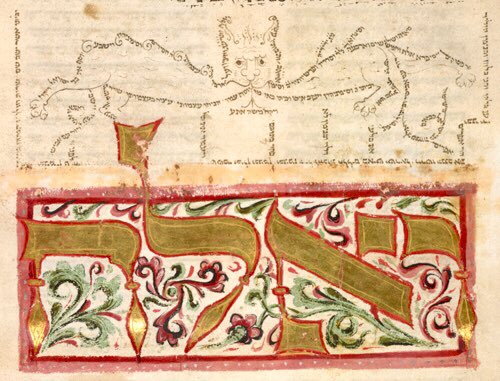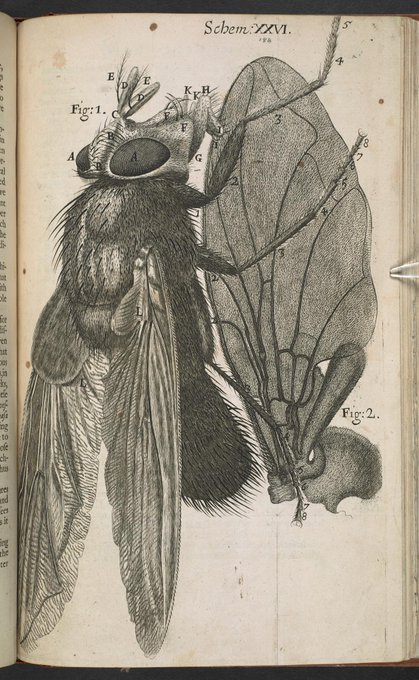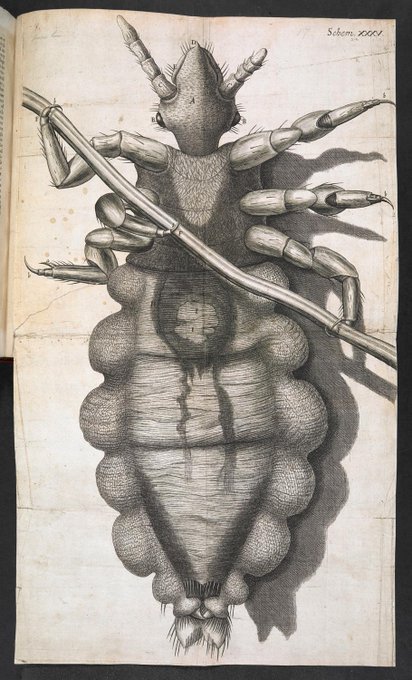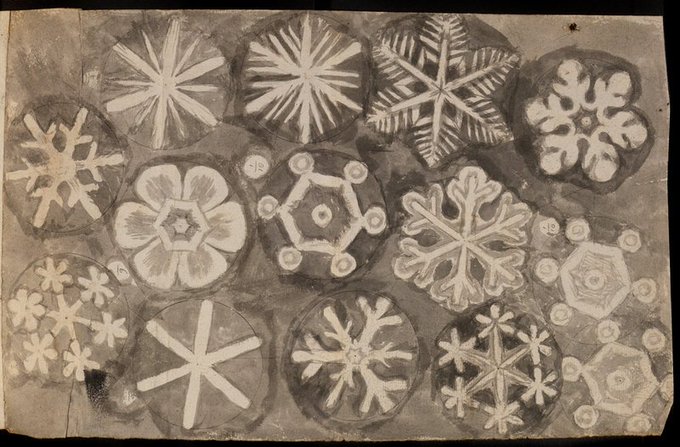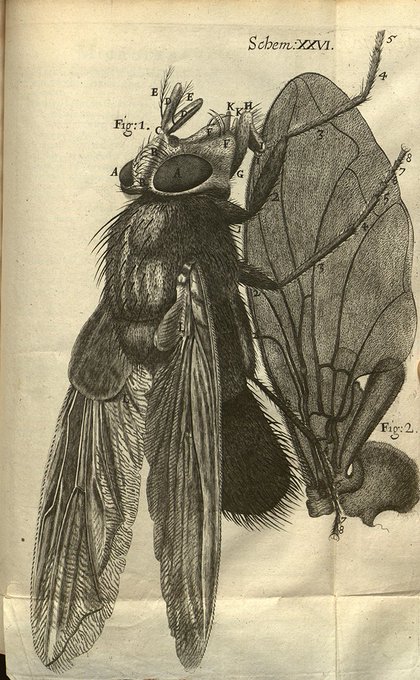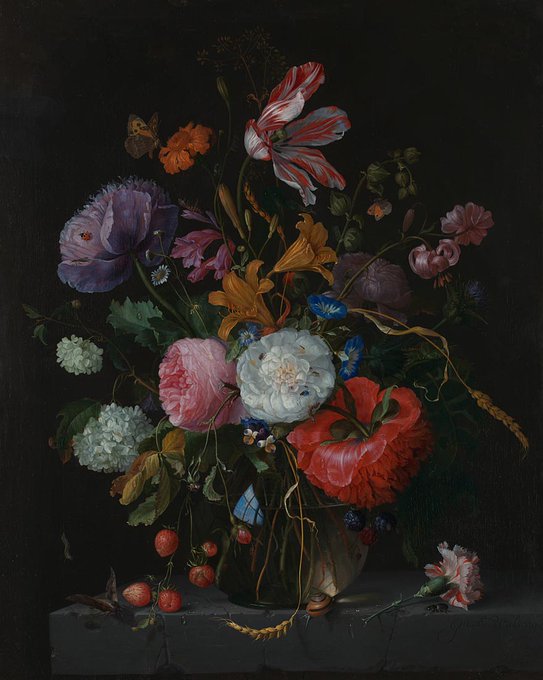micrographのTwitterイラスト検索結果。 92 件中 4ページ目
In 1665 Robert Hooke published his most famous work Micrographia (”Small Drawings”). In it he included his studies and illustrations of the crystal structure of snowflakes and first used the word cell to name the microscopic honeycomb cavities in cork.5/
Tortoise Beetle, SEM
Color enhanced scanning electron micrograph (SEM) of the underside of a tortoise beetle (family Cassidini)
© Steve Gschmeissner/Science Source
Science Source ID# SS2310805
#beetle #tortoisebeetle
https://t.co/2IPDRc4ENX
@17thCenturyLady @jdmccafferty @RestorationHat @DrRJWarren @saralread @tomb1649 @kristianjmartin @quintonjournals @cheapsellotape Robert Hooke, FRS (1635-1703), co-inventor of the watch balance spring, architect, but remembered best for his Micrographia (1665) - you'll have seen his Flea.
Worked with Boyle, Newton et al. #StuartsSaturday #KeepItStuart
Decorated initial-word panel from the opening of Shemot (Exodus) with micrography from masoretic notes for
#MicrographyMonday
Add 19776; the 'Coburg Pentateuch'; Germany, Central (Coburg); 1390-1396; f.28v @BL_HebrewMSS
@BLAsia_Africa
At the #SICB2019 #Buchsbaum Photomicrography Contest, our new micro-CT category was full of popular submissions, including these 3D scans of leather star (Dermasterias imbricata) and slime star (Pteraster tesselatus) endoskeletons by @PycnoPod and @CMDonatelli! #Scanallstars
Polarizing light micrograph of Vitamin E crystals.
#VitaminE is a fat-soluble nutrient found in many foods. In the body, it acts as an antioxidant, helping to protect cells from the damage caused by free radicals. #FunFactFriday #FridayThoughts #science #medical #images #photos
It was #OnThisDay in 1664, the great British natural philosopher Robert Hooke FRS, first showed his copy of the hugely influential Micrographia to the Royal Society. Find prints from this seminal work in our Print Shop: https://t.co/OkGAr01G5r
Micrographia, or some physiological descriptions of minute bodies made by magnifying glasses, with observations and inquiries thereupon.
https://t.co/dKh5IqgykR
Wow! This is a micrograph of a butterfly's tongue magnified 720 times. Looks like #embroidery
Pollen micrograph by Andrew Paul Leonard https://t.co/yjaebLoqPn #sciart
Microscopes meet Indigenous art in Stories & Structures – New Connections, a stunning new exhibition by @GoInnerSpace: https://t.co/SnwSQOfbPM #SciArt #scicomm #paintings #Indigenous #art #science #micrography
This photomicrograph shows the fine brushwork Jacob van Walscapelle used to paint a ladybird. Each leg is only 2mm. #BSW18 @ScienceWeekUK
Robert Hooke, English natural philosopher, architect and polymath (author of 'Micrographia') died #OnThisDay in 1703.
This thread is a series of images in the #history of #scicomm documenting the shift in 17th century Europe from divine causation to empiricism (via observation, experiment, reasoning, & formation/testing of hypotheses & theories).
[Micrographia, 1665 https://t.co/1202Hyolle ]
It's cold out there today! We've got Hooke on our minds at the #T3D2019 labs, here's a few #T3D2019_PoftheD from his Micrographia (1665) and his 1662 article in @royalsociety Philosophical Transactions
Robert Hooke was born on 28 July 1635 N.S. His Micrographia includes the 1st use of "cell" as a biological term https://t.co/9YXRp9beYw
Robert Hooke, scientist, born #OTD 1635. Micrographia, 1665 @britishlibrary https://t.co/IWOxYuXxKg
Micrographia (1665) by Robert Hooke was the 1st book in English on microscopy https://t.co/8GBhZA6ZqG Digitized @mobotgarden #TinyTuesday
#BSW17 this photomicrograph shows the fine brushwork Jacob van Walscapelle used to paint a ladybird. Each leg is only 2mm. @ScienceWeekUK












